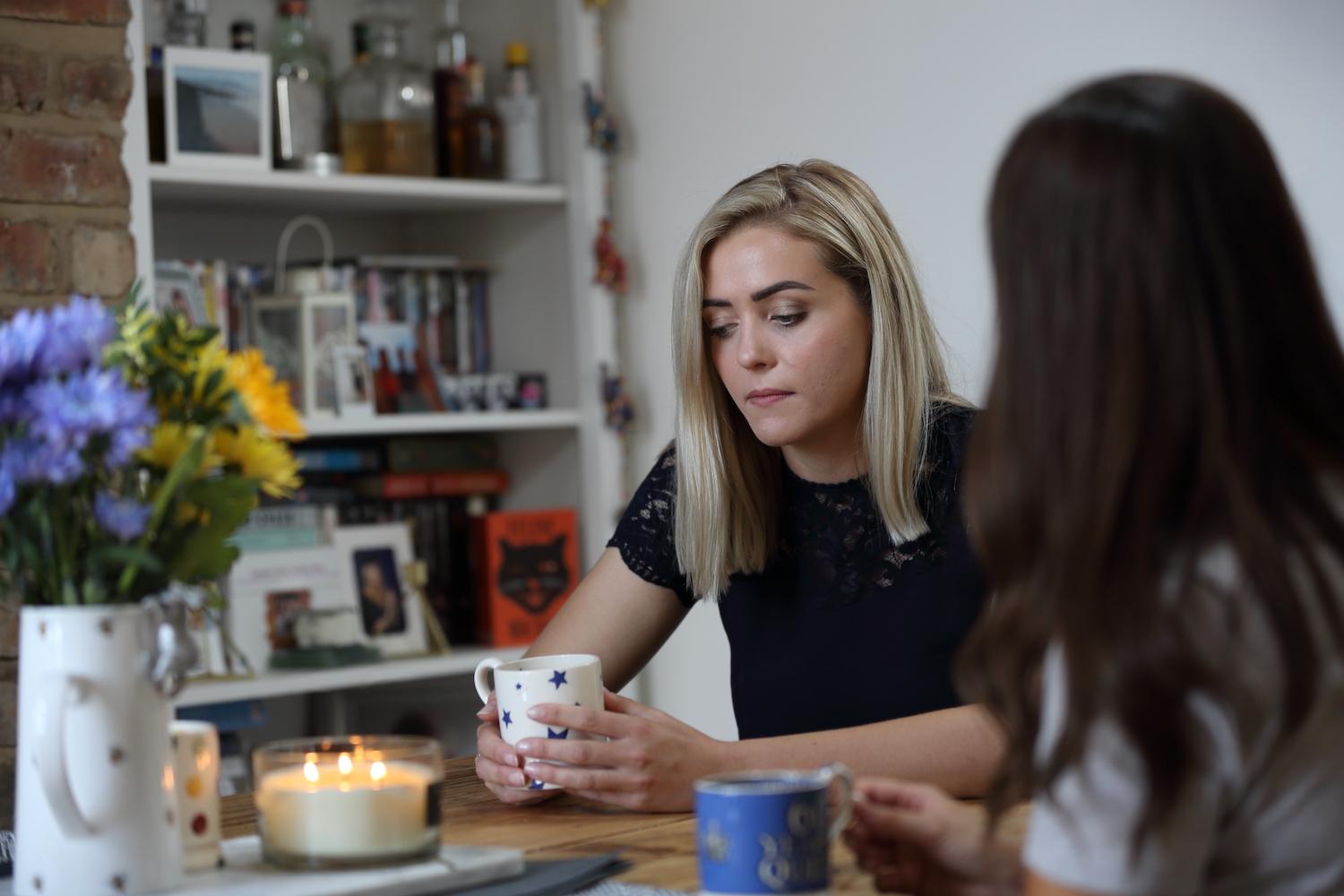When we first learn to cook, it can be easy to use salt as a way to enhance the flavour of our foods. But there are other ways.
Eating too much salt can lead to fluid retention, which raises your blood pressure. If you already have high blood pressure, this can be dangerous.
Most of the salt we eat comes from so-called "hidden salts." That's salt that you didn't add to the food yourself. It is well known that processed foods contain a lot of salt, but even things like tomato puree can contain salt.
Salt is used in these products as a way of making it "shelf stable" or preserving it. That's why you should always read the ingredient labels of your food.
But even knowing that there is a lot of hidden salt in our food, many of us still use salt to season the dishes we cook. This can take a dish from having a safe level of salt in it, to being unhealthy.
That's why we've put together some ideas for how you can add flavour without resorting to adding more salt.
Fresh and dried herbs
These are a great way to add flavour and you can use as much as you want. Most dried herbs can go in early in the recipe, while some fresh herbs can be delicate and only want to be added in at the end.
The key to finding out which herbs work best in a dish is all down to experience. Don't be afraid to add a few shakes of thyme or oregano into a recipe.
What matters is what you like about the flavours, not what the original author recommended. Make the dish your own.
If you are going to use a pre-mixed spice blend from the shops, like a "roast chicken" or "steak seasoning" mix, make sure to check your ingredients. Some of these contain very high levels of salt
Add brightness with citrus
Try adding a squeeze of lemon (or other citrus) while you're cooking or just before you serve. Far from making your food sour, it can make it taste lighter or brighter.
I personally like to add lemon when I'm pan frying vegetables or cooking fish. A squeeze of lime over some grilled chicken is also a favourite in our house.
But be careful. Some citrus, like grapefruit, can interact with certain medications. Be sure to check your prescription information sheets.
Spices don't have to mean spicy
Adding spices doesn't have to mean making your food spicy. For example, there are lots of different types of peppercorn. White and pink peppercorns will taste spicier than black, while green will be a little more mild.
Adding a dash of paprika will give you a smoky flavour, while cumin will add a nutty and warm taste. The best way to find out what you like is to experiment, adding just a little bit at a time.
Don't forget your alliums
It seems every time I cook our evening meal, I start by chopping an onion. Onions are a great way to add flavour to your meal. But why stop at just that one onion as the base?
Adding garlic just after that onion can add an extra dimension to your dish. Not a fan of garlic? Why not chop some spring onions or chives to add right at the end? They add a great fresh flavour, as well as a bit of texture.
It may not be an allium, but you can also consider adding ginger to your dishes. They can go in while you're frying the onion and, like garlic, add a little something extra.
Look, listen and ask questions
My last tip for adding flavour to your food is to pay attention to what other people are doing.
Watch cooking videos and celebrity chefs. Watch for what they add to their dishes and listen to the reasons behind them. Not everything will be to your taste, but it's a great way to find out new ideas.
You could also check out a new cookbook from your library or read some food blogs. See what flavour combinations they use and try them out for yourself.
You can even ask your server about the spices in a dish you particularly enjoyed while you're out and about. Then try those same combinations out at home.
Other blogs in this category

Community, connection and coping - support for your mental health after stroke
Having stroke can impact on your daily life, relationships, and…
Learn more

Feelings of grief after a stroke
The process of coming to terms with a stroke diagnosis can be…
Learn more
